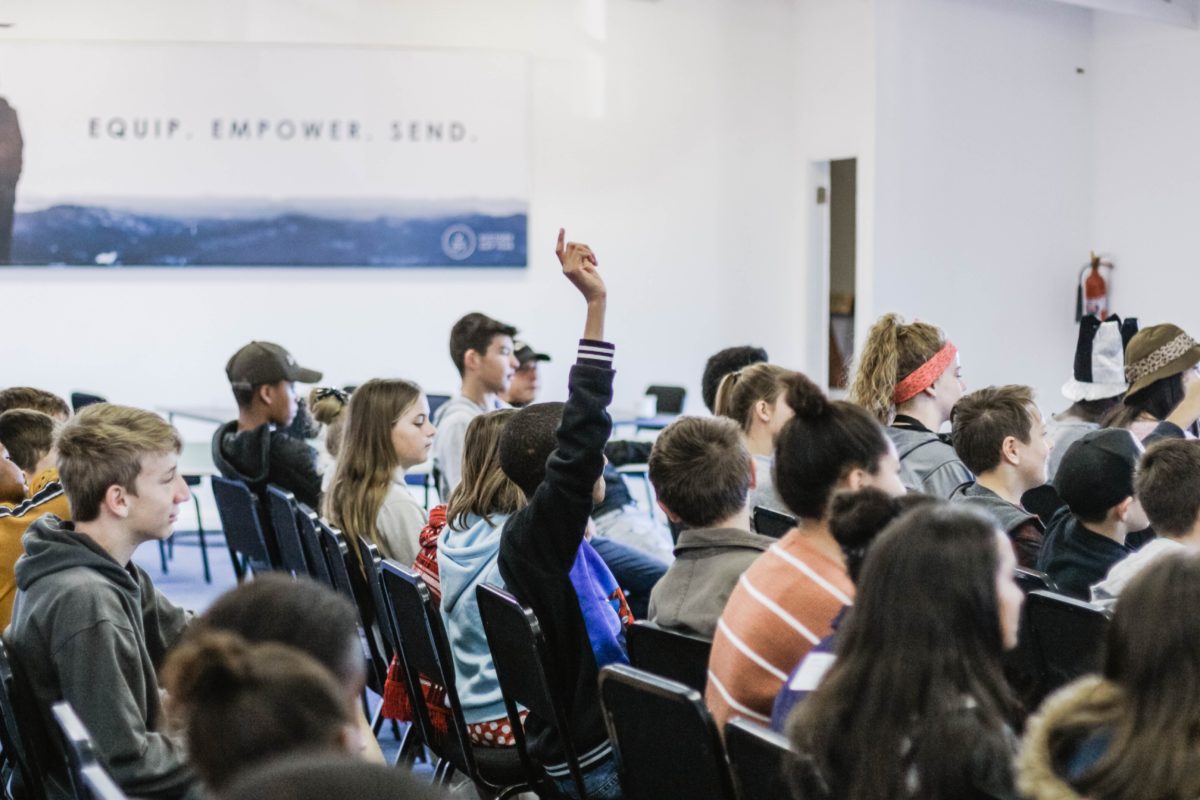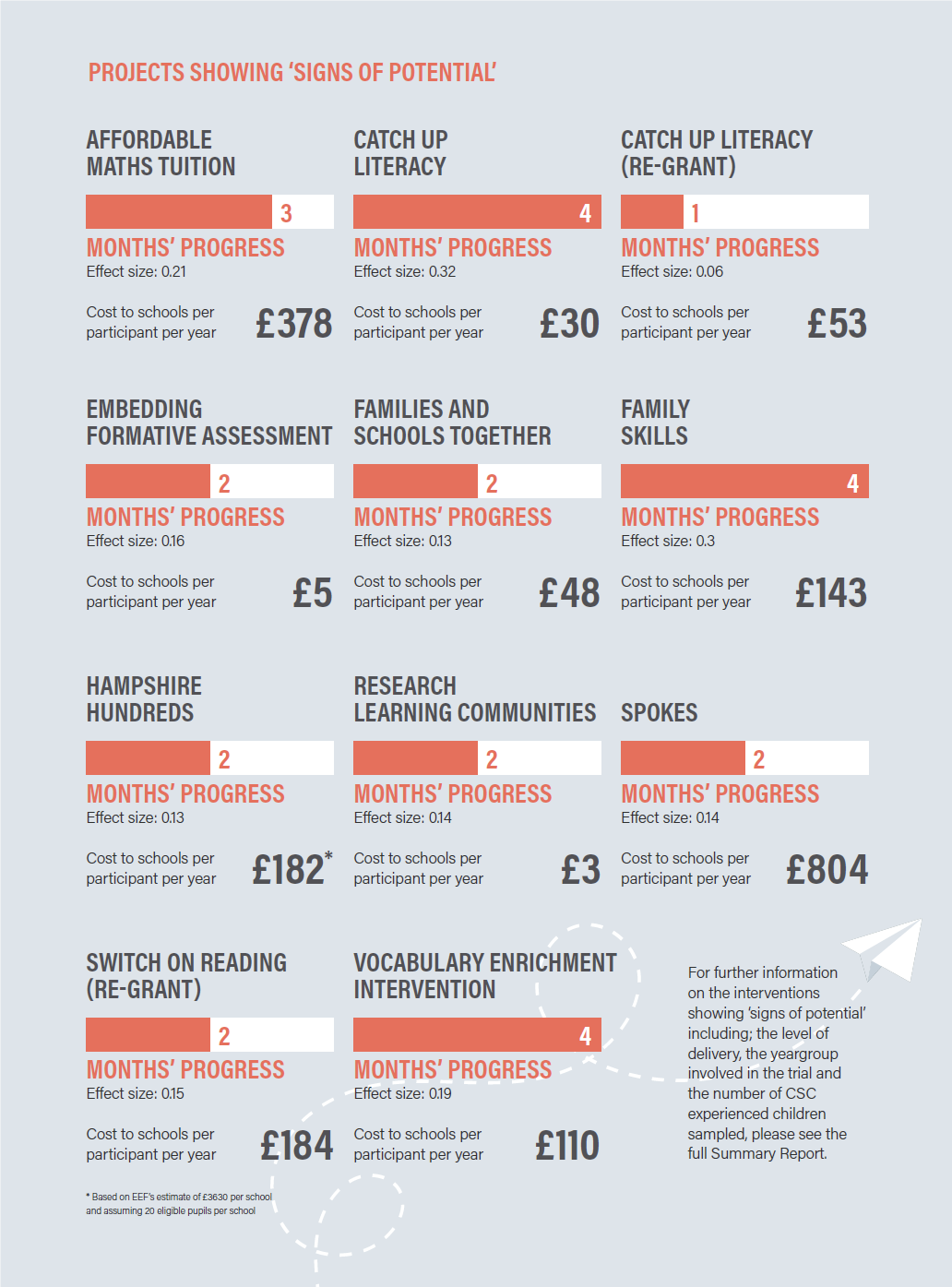Today I’m excited to say that we’re publishing our report ‘What Works in Education for Children who have had Social Workers‘. This report is the culmination of nine months’ work from researchers at What Works for Children’s Social Care, working with data from randomised controlled trials commissioned by our sister organisation, the Education Endowment Foundation.
This is exciting for me for three reasons. First, this is a project I’ve been talking about for a long time – much longer than I’ve been in this role – and it’s fantastic to see it come to fruition at last. Second, this is the first time the EEF’s trial data has been used in this way – to try and systematically look for interventions that work for a sub-group in the data. That we’ve been able to do this is thanks in no small part to the EEF’s commitment to transparency – something that I find hugely exciting.
Finally, and most importantly, this research is a step towards understanding how we can best close the attainment gap between young people who have had a social worker and their peers. Research by Nikki Luke at the Rees Centre at the University of Oxford and colleagues shows that the attainment gap for these young people by the time they take their GCSEs is substantial (although it is somewhat reduced for young people who have been in care for longer).
Our research identifies ten interventions which show ‘Signs of Potential’ that seem to narrow this attainment gap – by increasing attainment for young people who have had a social worker by more than they do for their peers. These include Affordable Maths Tuition, in which graduates from India and Sri Lanka provide online maths tutoring, and Family and Schools Together, which helps strengthen the relationship between parents and carers and the school to improve social and emotional learning as well as attainment.
Another project with ‘Signs of Potential’ is Embedding Formative Assessment, a whole school intervention which has already been identified by the EEF as one of their “promising projects”. We’re hoping to learn a lot from their current scale-up project.
While the EEF’s research is a fantastic resource, it was not designed to answer our specific questions. As a result, we need to be careful in our interpretation. At the moment, our identification of projects as showing ‘Signs of Potential’ represents an evidence-based ‘best guess’ from the data that’s available. Larger scale research is needed to confirm these impacts, and we’re hoping to be able to contribute to that soon.
As a first step, this project provides us with a solid base for future work. In addition to information about individual projects, a few themes are coming through. First, many of the effective interventions are those that aim to increase literacy, suggesting that maths attainment is harder to improve, or that the interventions used aren’t tailored enough to work for this group of young people. We also find that a surprisingly high proportion of the ‘Signs of Potential’ interventions – Family and Schools Together, Family Skills, and SPOKES – work to improve parent/guardian/carer engagement in children’s learning, and the relationship between the those adults and the school.
We hope that this information will provide guidance for those looking to develop new interventions to help children who have had a social worker, or tailor existing interventions to better suit their needs. We also hope this is just a starting point, and that more research will be conducted to better understand what works in education for children who have had a social worker.
The details of all the “Signs of Potential” projects are below;


